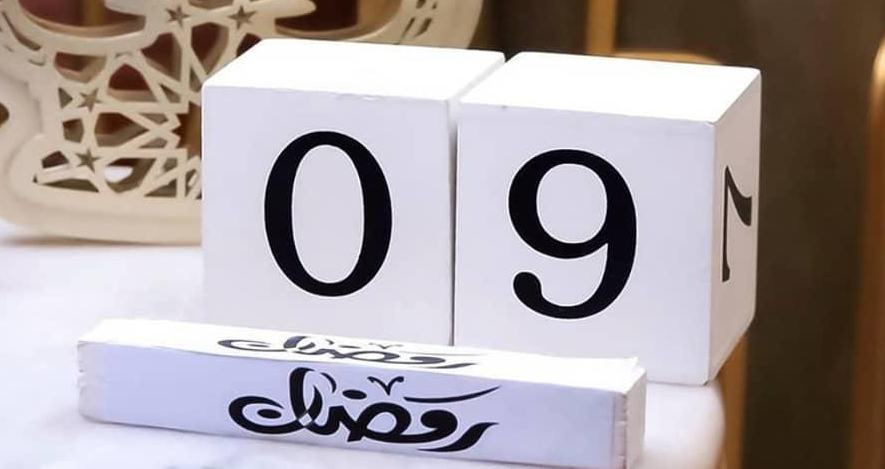The ruling on stoning with used Stones
Question :
It has been said that it is not permissible to stone the pillar with a stone that has already been thrown. Is this correct and what is the evidence for it?
Answer:
This is not correct, because those who seek to prove that a stone that has been thrown may not be used for throwing, give three reasons for that. They say that it, meaning the stone that has been thrown, is like used water in regards to obligatory purification. The used water for obligatory purification is pure in itself but it cannot purify something else. They also say that it (the used stone) is like the slave when he is freed. He cannot be freed after that for expiation of a sin or some other reason. They also say that saying it is permissible to do this (i.e., throw a used stone) necessitates that it is allowed for all of the Hajj pilgrims to stone with a single stone. So, you may throw this stone, then you can pick it up and throw it again, then pick it up and throw it again, until you complete seven throws. Then, another person can come and take the same stone and throw it until he throws it seven times. However, all of these three reasons, if you look carefully, are extremely defective. In reference to the first reason, verily we say that the ruling is fundamentally wrong. That is the ruling that used water in regards to obligatory purification is pure in itself, but it cannot purify anything else. This is wrong because there is no evidence for it, and it is not possible to change the water from its basic characteristic, which is that it is pure and purifying in all aspects, except with an evidence. Based upon this, used water in regards to obligatory purification, is pure in itself and purifying for other than it. If the original ruling is negated that is being used for the basis of the analogy, then the derived (branch) ruling is also negated. In reference to the second reason, which is an analogy between the thrown stone and the freed slave, then it is an analogy between different things. For verily the servant, if he is freed, is a free man and not a slave. Therefore, there is no place for freeing him (again). This is different than the stone that is thrown, for verily it remains a stone after it is thrown. Thus, the meaning that made it initially suitable for throwing has not been negated. Due to this, if this slave who was freed is made a slave again for some Islamically legislated reason, it is permissible to free him again a second time. In reference to the third reason, which is that this necessitates that it is allowed for the Hajj pilgrims to limit themselves to throwing a single stone, we say if that is possible then let it be (permissible). However, this is not possible, and no one would try to do it with the numerous amount of available stones. Based upon this, if a stone or more falls from your hand around the pillars, then take another one in its place from those near you and throw it. It makes no difference whether you think it has been thrown before or not.
Source:
Ash-Shaykh Ibn 'Uthaimin
Fatawa Islamiyah, Vol. 4 Pages 238-239-240
 أرسلها على تطبيق الواتساب
أرسلها على تطبيق الواتساب 